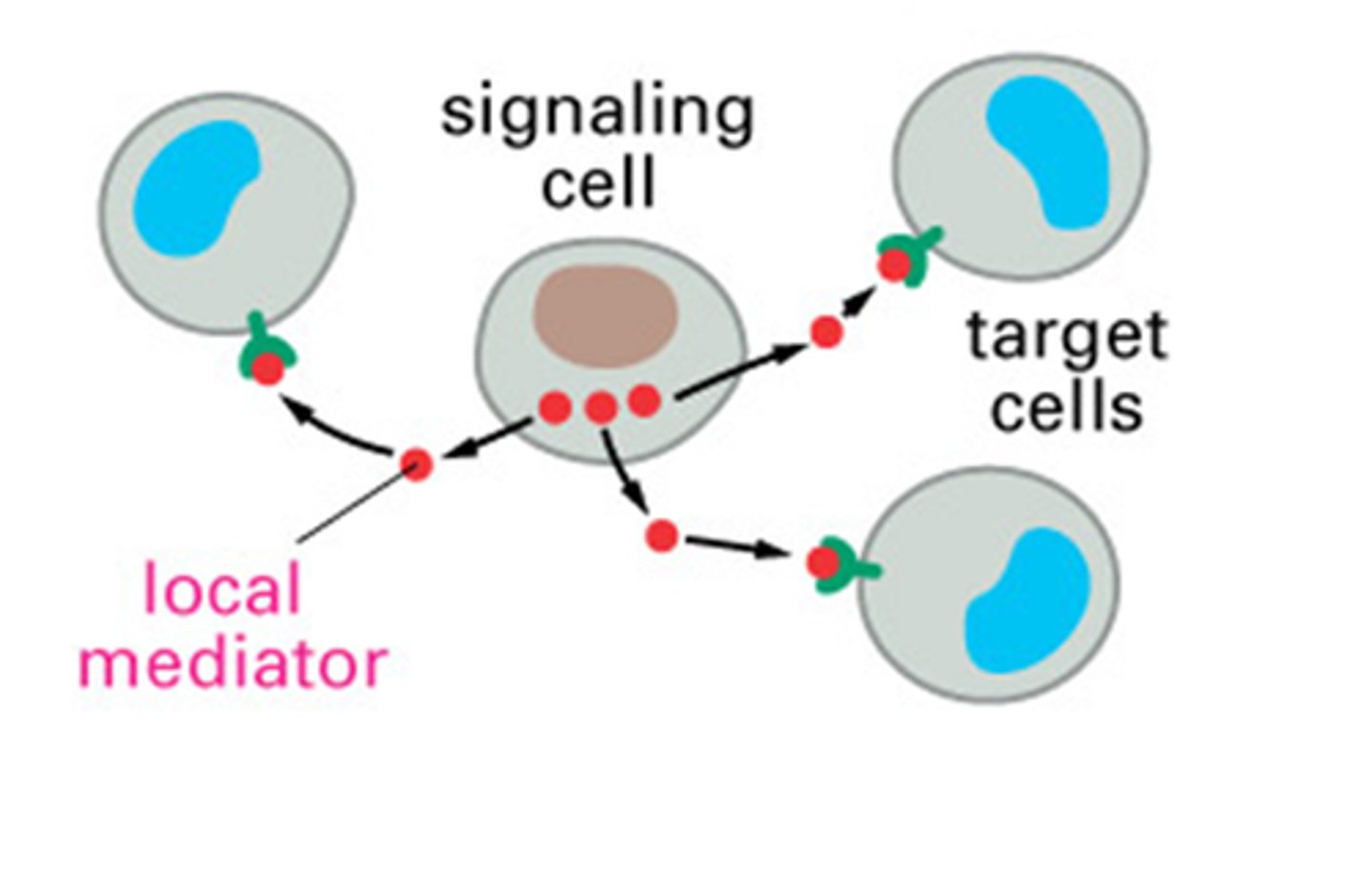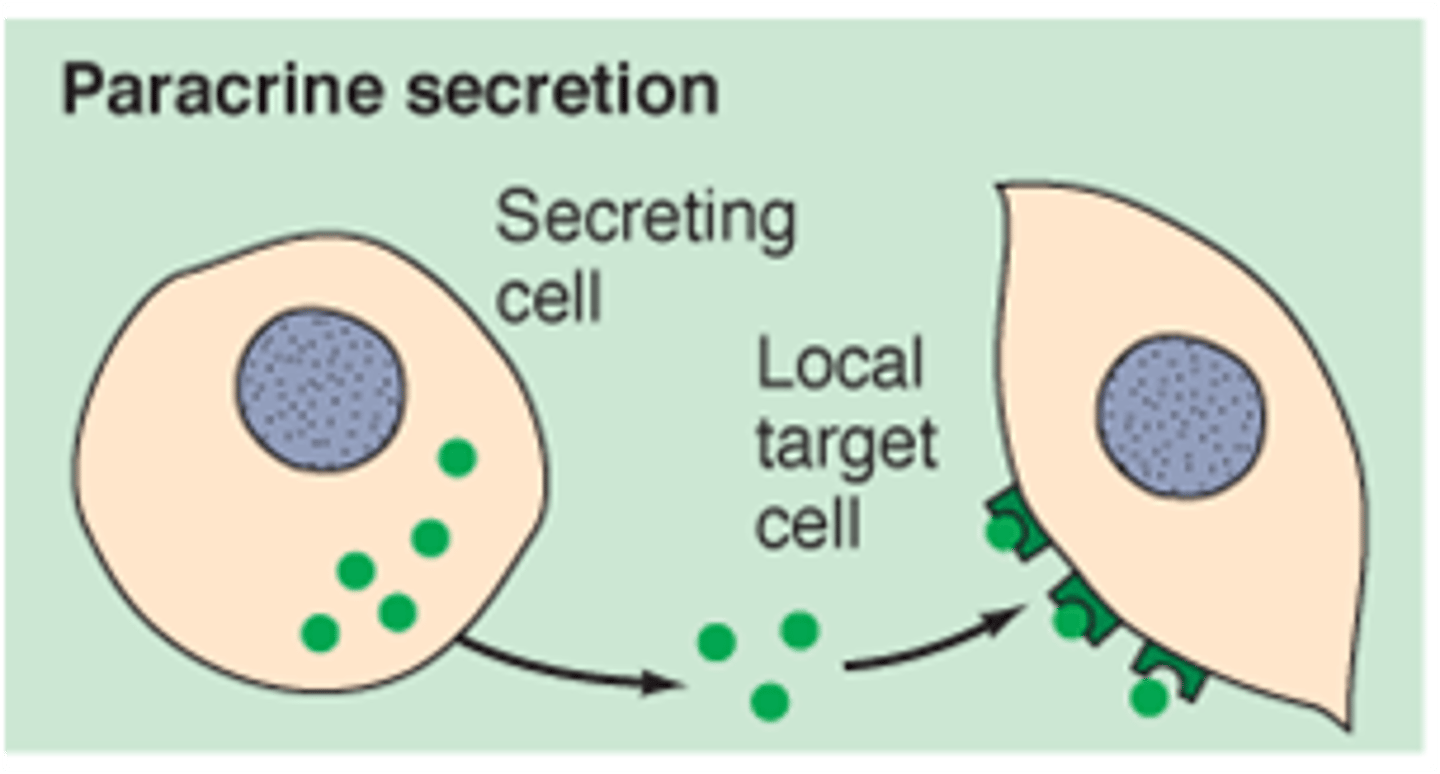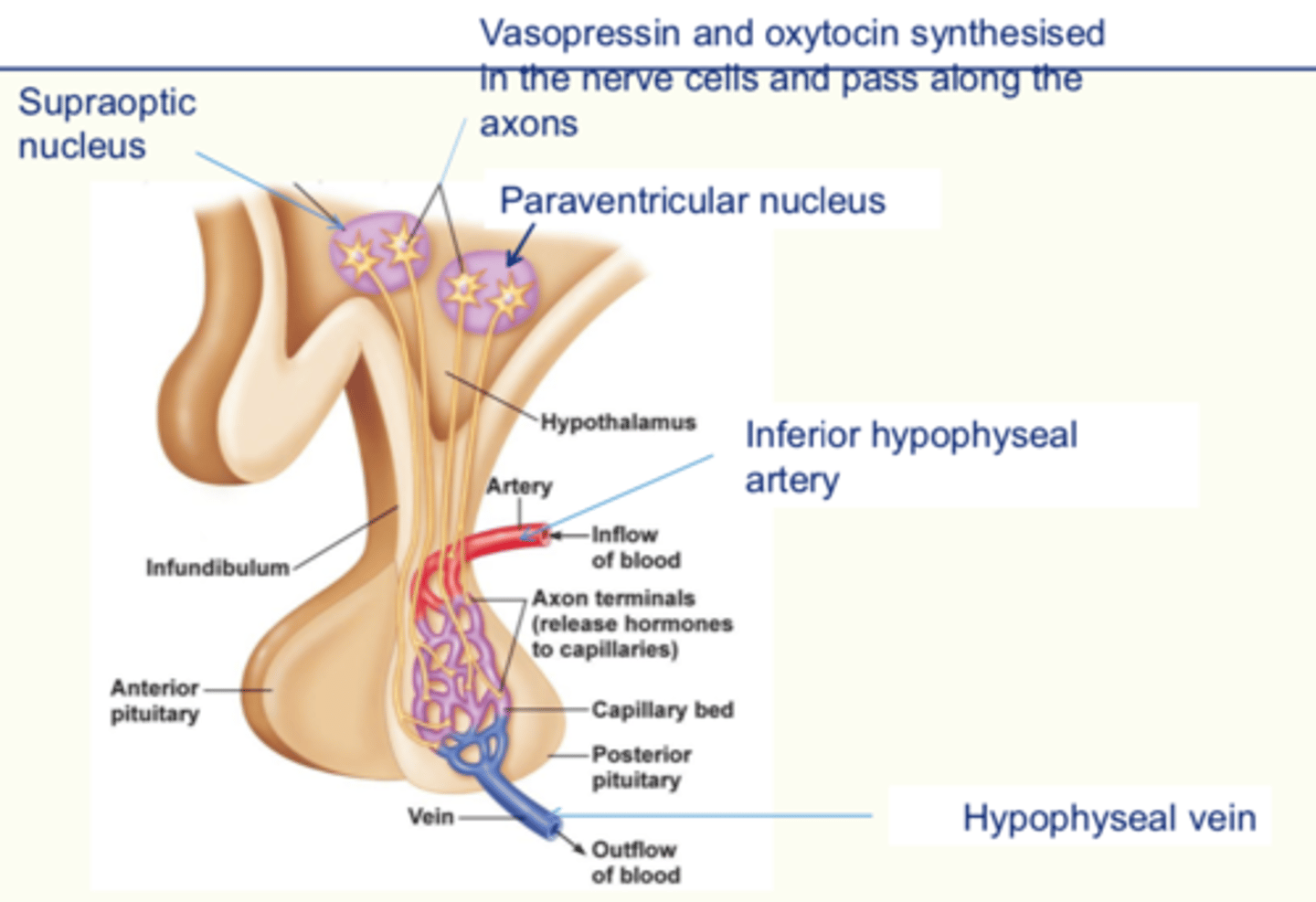Cell Signalling
1/11
There's no tags or description
Looks like no tags are added yet.
Name | Mastery | Learn | Test | Matching | Spaced |
|---|
No study sessions yet.
12 Terms
Name the process by which cells communicate with each other.
Cell Signalling
Define the term 'cell signalling'
Cell signalling refers to the process by which cells communicate with each other or their external environment to coordinate their functions.
What is cell signalling?
- Communication between cells
- Cell recognition/identification
- Cells working together to trigger a response
Give two examples of systems whose purpose is cell signalling.
The Nervous System
The Endocrine System
Nervous System
1) Receptors are specific. They only detect one particular stimulus, like light or pressure.
2) A receptor will convert one form of energy into another form of energy. This is also known as transducer.
3) Some receptors are cells (like photoreceptors are receptor cells that connect to the nervous system)
4) Effectors are cells that bring about a response to a stimulus, to produce an effect (e.g. muscle or glands)
Name the 4 communication mechanisms that involve cell signalling:
A) Paracrine Secretion
B) Nerve Impulse
C) Endocrine Secretion
D) Neurosecretion

A) Paracrine Secretion
- Release of a chemical mediator from one cell that stimulates adjacent cells without entering the bloodstream.
- Paracrine relates to the local release of signalling molecules

B) Nerve Impulse
The message carried by a neuron

C) Endocrine Secretion
- A secretion sent directly into the bloodstream
- Since the blood circulates around the whole body, then potentially distant parts of the body could have target cells for the signalling molecule.

D) Neurosecretion
- Involves the release of a signalling molecule into the blood.
- Since the blood circulates around the whole body, then potentially distant parts of the body could have target cells for the signalling molecule.

Which are generally used when more distant parts of an animals body are involved in the response?
- Neurosecretion
- Endocrine secretion
Which are generally used when many parts of an animals body are involved in the response?
- Neurosecretion
- Endocrine secretion